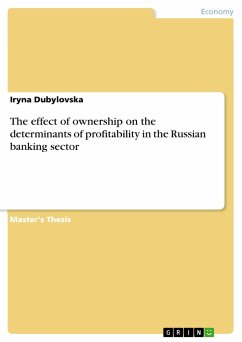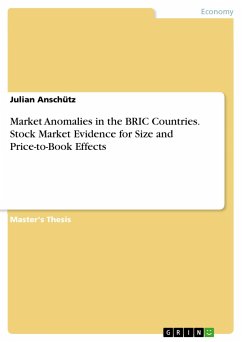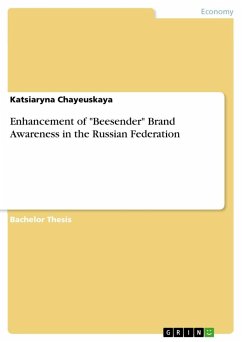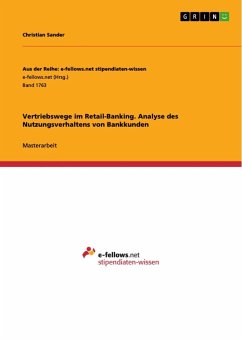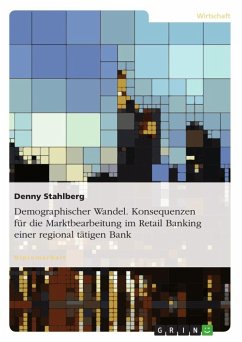Master's Thesis from the year 2013 in the subject Business economics - Banking, Stock Exchanges, Insurance, Accounting, grade: 70/100, University College London, course: Business Economics, language: English, abstract: This paper examines variations in the return on assets (ROA), return on equity (ROE), net interest margin (NIM), and operating cost ratio (OCR) determinantsacross ownership structures in 350 Russian banking institutions over the years 2002 to 2012. It is innovative in three ways: firstly, it brings together financial and corporate governance indicators as explanatory variables; secondly, it uses an extensive number of dependent and explanatory variables compared with previous studies on Russia; thirdly, it classifies the ownership of banking institutions using the definition of majority ownership at 20% level.The findings suggest that there are some differences in the determinants of bank's profitability by ownership type: personnel cost ratio and bank portfoliocomposition ratio dominate in state-influenced banks; capitalisation, reserves and default risk ratios dominate in domestic private-owned banks; and capitalisation ratios dominate in foreign-owned banks. Operating efficiency and credit risk are important factors influencing performance across all ownership types. Furthermore, control variables such as inflation, GDP growth, the size of the banking sector, and the bank asset share ratio are significant, suggesting that they play an important role in the profitability of a bank. Corporate governance variables such as Bureau van Dijk (BVD) independence ranking and listing on an exchange are found to be insignificant. The location of a bank (central or regional) is an important factor influencing its operating cost ratio. The conclusion is that bank ownership plays an important role in Russia and should not be ignored when analysing performance determinants.

